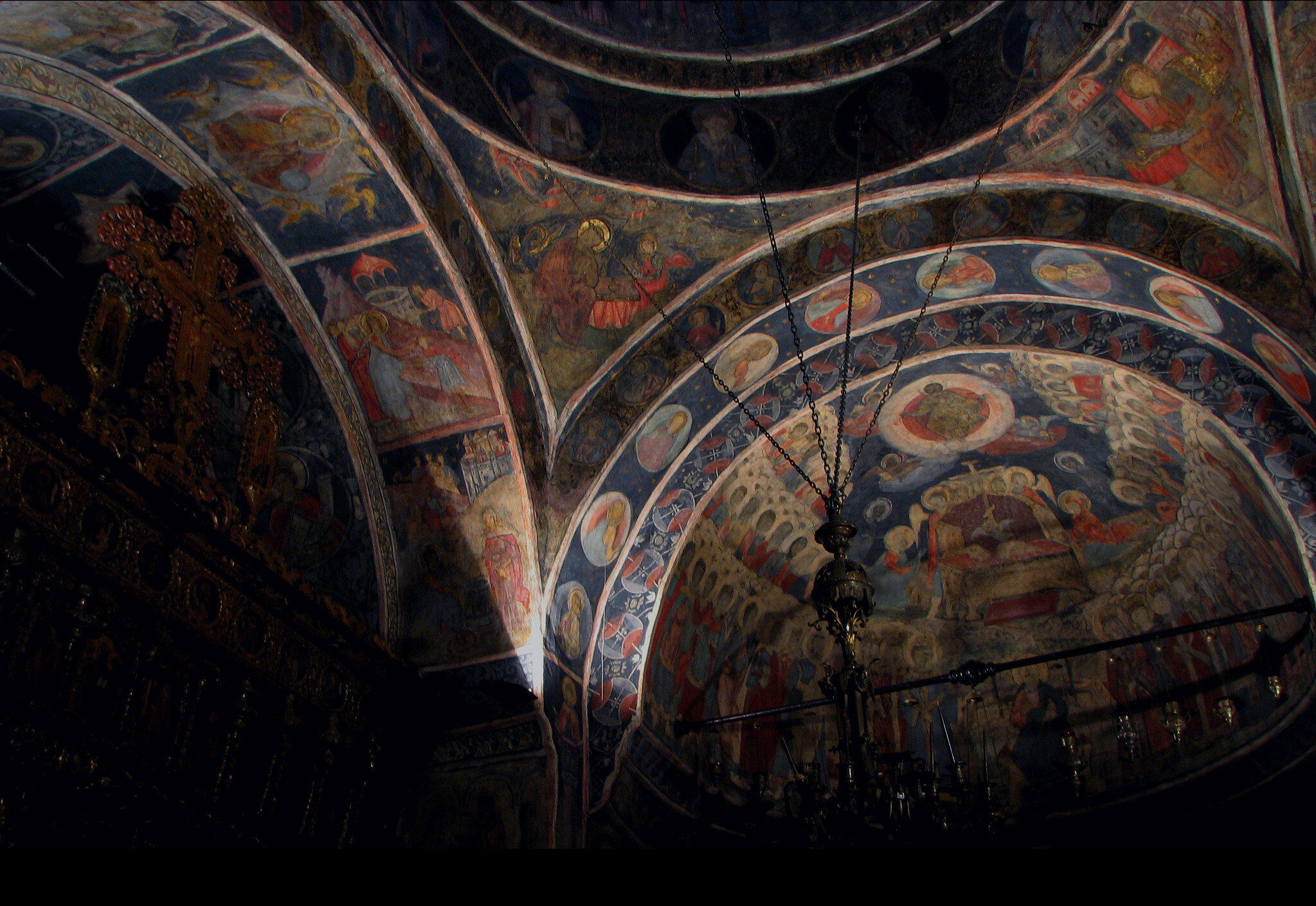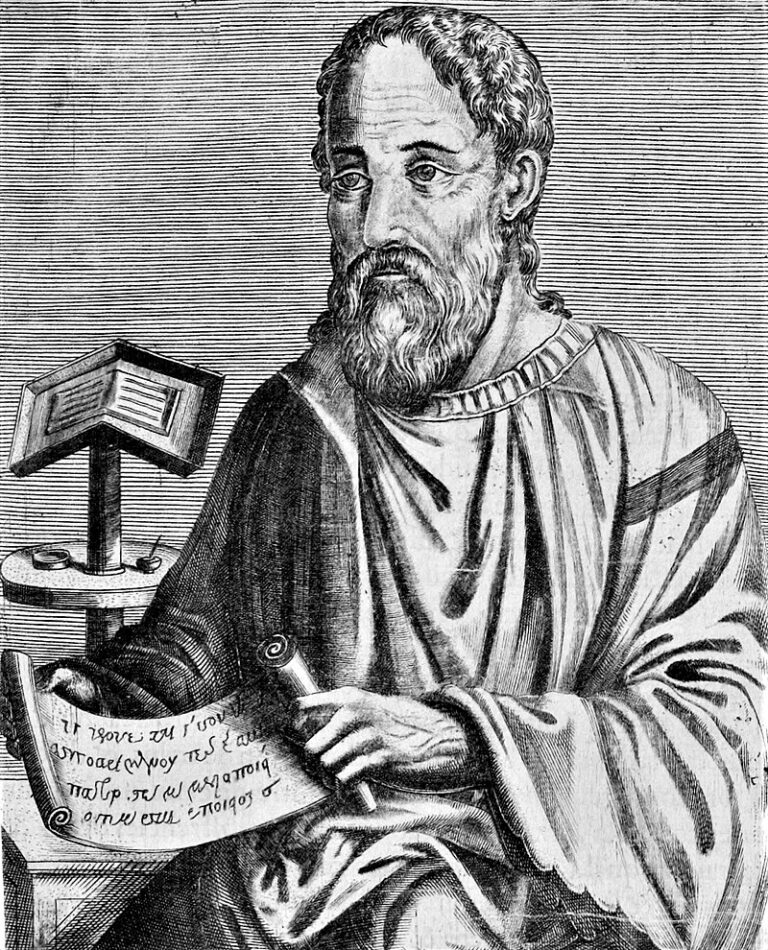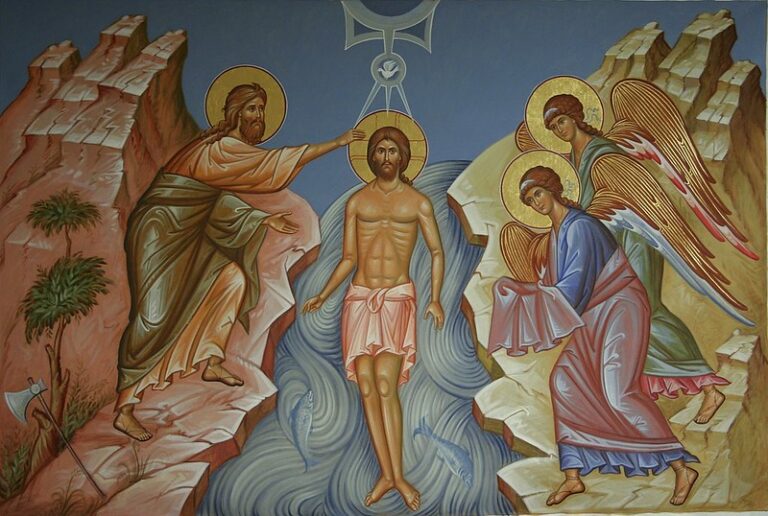Orthodox Christians routinely have their icons blessed by a priest or bishop. Bishops often anoint them with Holy Chrism. There are even special services for blessing different kinds of icons: of Christ, of the Mother of God, of feasts, etc. Most people would never imagine putting an unblessed icon in their houses; it would be a kind of sacrilege, but once the icon is blessed—whatever its subject, taste, canonicity, etc.—many think that what was a simple picture before the blessing becomes an icon after, because of the blessing. It becomes at least a “better” icon. Being only a “profane” image before, it becomes “holy” after, because it has been blessed. Very few Orthodox would question this practice which they feel is legitimate, traditional, and totally in agreement with Church Tradition. I hope to show that despite the widespread habit of blessing icons, this practice is not in agreement with Church Tradition, and that it is in fact contrary to it and based on a theology of icons that is foreign to Orthodoxy.



